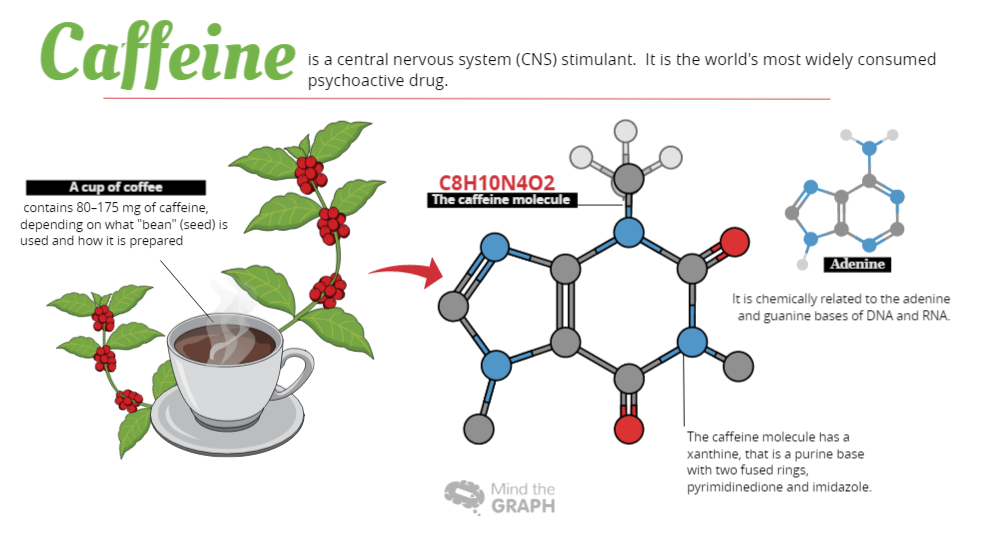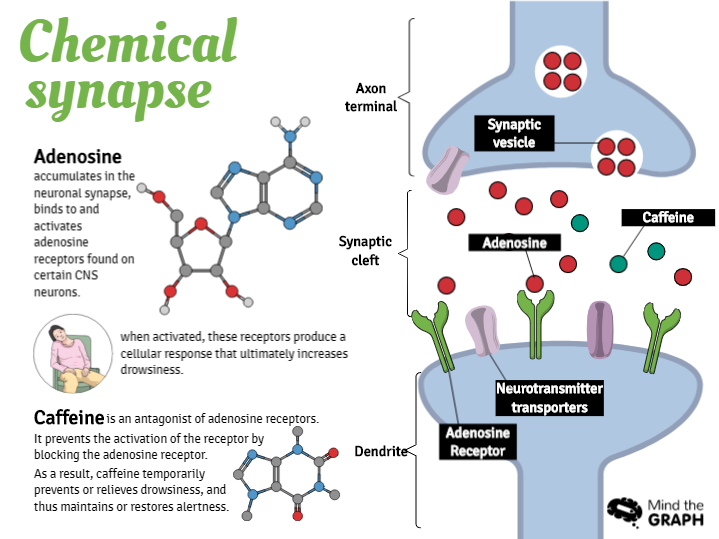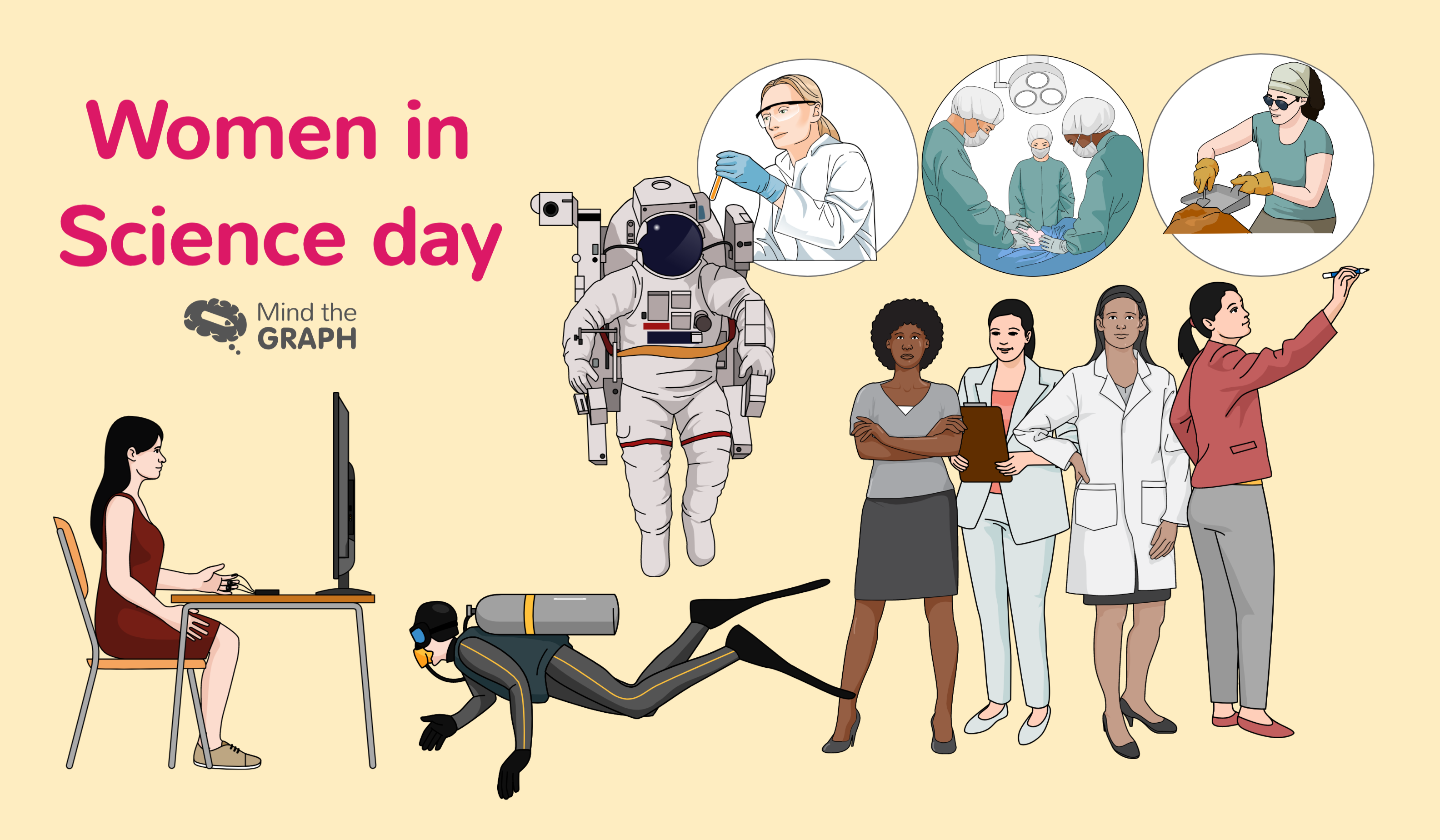Did you grab a coffee this morning? A part of a scientist social life is during coffee break in scientific conferences, lab seminars and day by day in the lab. But coffee is also a scientific subject. Mainly due to caffeine, a central nervous system (CNS) stimulant and the world’s most widely consumed psychoactive drug.
So, to celebrate coffee – or to advice you to take it easy, let’s see how caffeine works.
The most well-known source is the coffee bean, a misnomer for the seed of Coffea plants. Beverages containing caffeine are ingested to relieve or prevent drowsiness and to improve performance. To make these drinks, caffeine is extracted by steeping the plant product in water, a process called infusion. These drinks, such as coffee, tea, and cola, are very popular; as of 2014, 85% of American adults consumed some form of caffeine daily, consuming 164 mg on average.
Pharmacology
There are several known mechanisms of action to explain the effects of stimulation. The most prominent is that it reversibly blocks the action of adenosine on its receptor and consequently prevents the onset of drowsiness induced by adenosine. It also stimulates certain portions of the autonomic nervous system.
These infographics were created at Mind the Graph, an online platform for scientists. If you want to create your own infographics, protocols, posters or presentations, you can start using Mind the Graph for free. Also, you can share your creations and feedback with us: contact@mindthegraph.com

Subscribe to our newsletter
Exclusive high quality content about effective visual
communication in science.









